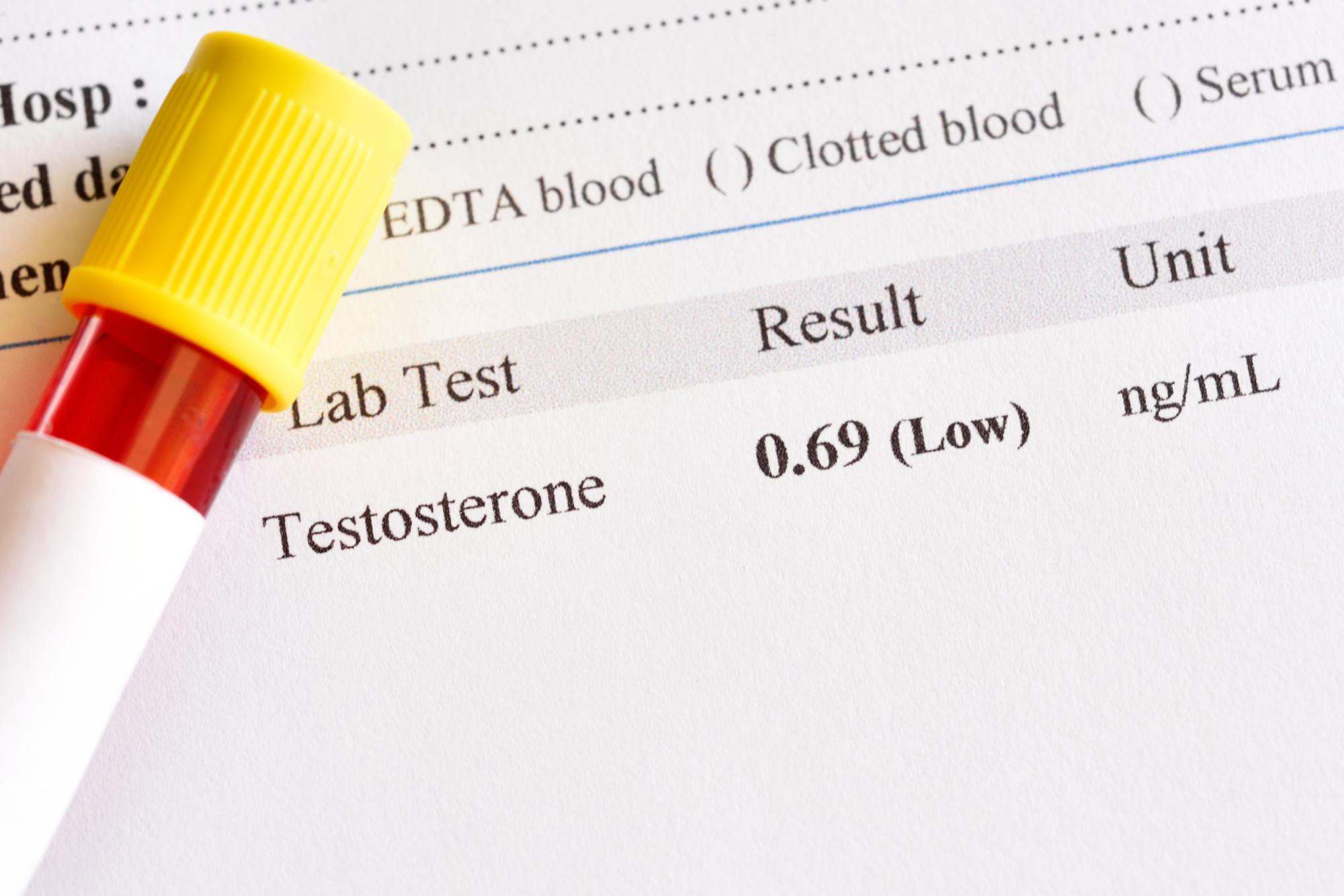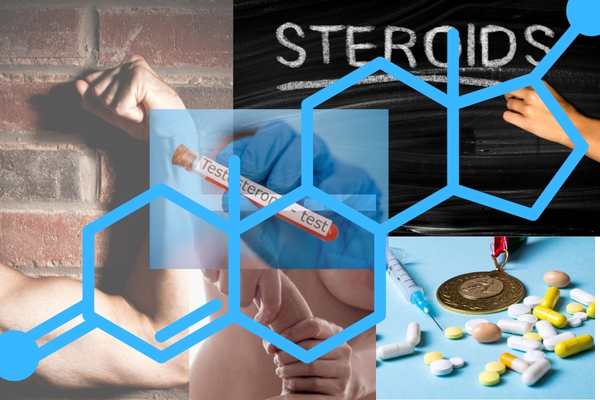The aging process in men, not surprisingly, comes with a wide variety of physical changes.
You see a loss in muscle mass, potential weight gain, bone density decrease, and an increased risk for heart disease.
You can chalk up many of these changes to the approximately 2-3 percent testosterone drop you experience every year. This drop, and the accompanying changes, usually fall in the normal range.
In some cases, though, testosterone levels drop below the accepted normal range. It’s commonly referred to as low T.
One possible treatment for low T is TRT therapy or testosterone replacement therapy. Curious about what it is and how it works? Keep reading for a quick breakdown.
What Is TRT Therapy?
In practical terms, testosterone replacement therapy is exactly what it sounds like. A doctor prescribes testosterone to you as the treatment for your unusually low testosterone levels. The ultimate goal is for the treatment to restore your testosterone levels to a normal level.
Benefits of Testosterone Therapy
Low testosterone levels come with a wide variety of possible symptoms. Some of the more common symptoms include:
- Low energy
- Depression
- Insomnia
- Bone loss
- Weight gain
- Erectile dysfunction
- Low sex drive
Testosterone therapy can help alleviate some or even all of these symptoms.
TRT Risks
TRT does provide benefits, but it’s not a risk-free treatment. Some potential risks include:
- Blood clots
- Higher risk of stroke
- Higher risk of heart attack
- Possible infertility
There is also the potential for your testosterone levels to get too high. There are symptoms of too much testosterone in men, such as:
- Anger
- Poor judgment
- Mood swings
- Risky behavior
- Increased estrogen levels
If you or someone close to you notices these kinds of changes, speak with your doctor immediately. It may mean that your dose is off and requires adjustment.
How Does TRT Work?
There is no single approach to administering the testosterone supplement. Rather, there are a number of options that you’ll discuss with your doctor. Each approach has its pros and cons.
One of the more common options is a patch. You simply apply the patch to your skin, although it can take more than one patch per day. You may also see irritation at the patch site.
You can also get gels that just rub into your skin. You can’t let others come into contact with the application site or you risk unintentional transfer of the gel.
Injections are another option, but they provide uneven results as your testosterone levels fluctuate.
TRT Therapy and You
TRT therapy might sound like a fix for many of the problems associated with male aging, but it’s not a cure-all. The treatment is meant for those with abnormally low testosterone levels, not for those who are experiencing a normal decline in testosterone from aging.
If you have abnormally low testosterone, though, treatments like patches, gels, and injections can help restore your muscle mass, bone density, and sex drive.
Looking for more health-related information and tips? Check out the post in our Health & Wellness section.

Myths and Facts
Can testosterone replacement therapy make me feel more energetic?
If you have an abnormally low T, boosting your testosterone levels with TRT can help bring your energy levels back to normal. It can also restore your sex drive.
You may notice a drop in body fat and a buildup of muscle mass after TRT.
Are there risks to testosterone replacement therapy?
Yes. TRT has side effects, which may include:
- Acne and oily skin
- Lower sperm count, which can cause infertility
- Increased risk of blood clots
- Shrinkage of the testicles
- Larger breasts
- Increased risk of heart attack and stroke
Should I avoid testosterone replacement therapy if I have certain conditions?
Guidelines from the Endocrine Society say you should not have TRT if you have prostate cancer or breast cancer.
But some studies suggest that men who have been successfully treated for prostate cancer may be candidates for TRT as long as they are closely watched for signs of disease. Before starting TRT, your doctor should assess your risk for prostate cancer.
- Obstructive sleep apnea
- Severe lower urinary tract symptoms, such as urinary frequency and urgency, associated with an enlarged prostate, or BPH (benign prostatic hyperplasia)
- Severe congestive heart failure
- Above-normal red blood cell counts
TRT is also not advised to be used for treating those with low testosterone caused by aging.
Can testosterone replacement therapy treat ED?
If you have low testosterone, TRT may help restore your ability to have healthy erections and can boost your sex drive.
But ED has many other possible causes. Low testosterone may not be the whole story behind your ED. Talk to your doctor to determine what’s at the root of your erection problems.
How do I take testosterone replacement therapy?
TRT comes in several different forms. Each has pros and cons.
How will I be monitored while on testosterone replacement therapy?
Your doctor will measure your testosterone levels at the 3- and 6-month marks after treatment begins. After that you’ll be tested once a year. If your levels are OK you’ll stay on your current dose.
If your testosterone levels are too low, your dose may be adjusted. At the same time, your doctor will check your red blood cell levels.
Within 1 to 2 years of TRT, your doctor will measure your bone density if you had osteoporosis when treatment began. Your doctor will evaluate your prostate cancer risk at the start of treatment and may do more tests at the 3- and 6-month marks, and then annually.
Patients taking TRT should call 911 immediately if they have symptoms which include:
- Chest pain
- Shortness of breath or trouble breathing
- Weakness in one side of the body
- Slurred speech
How long do I have to take testosterone replacement therapy?
Indefinitely. TRT does not cure low testosterone, so your symptoms may return if you stop taking it.



